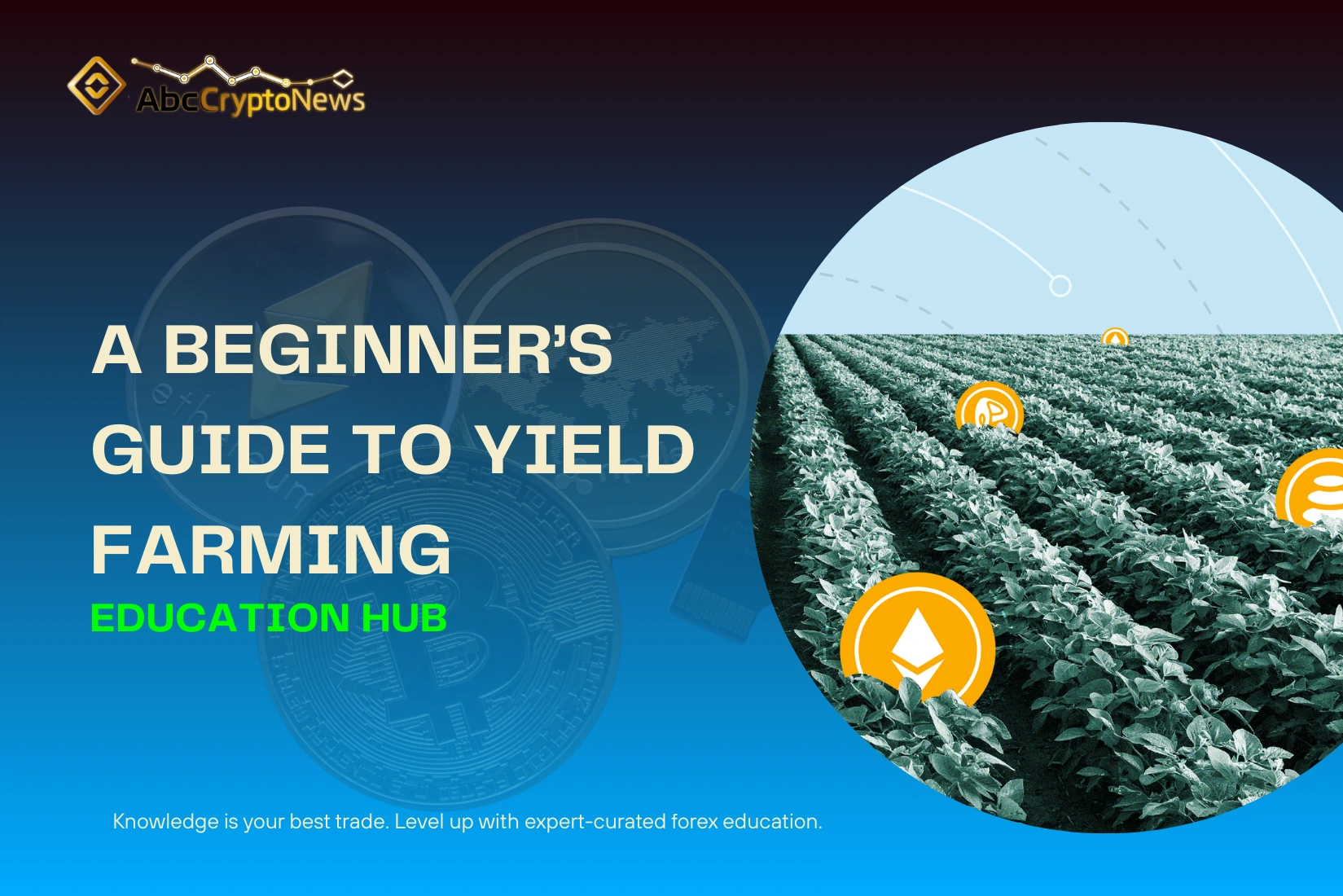What Is Yield Farming? A Beginner’s Look into DeFi Earning Potential
Introduction
Yield farming for beginners is a term you’ll see often in conversations about decentralized finance (DeFi). At its core, it’s a method of earning rewards by lending or staking your cryptocurrency in DeFi protocols. In return, you may receive governance tokens, a share of transaction fees, or other crypto incentives. Over the past few years, yield farming has grown from an experimental strategy to one of the most talked-about ways to earn in crypto — partly because of the high returns some early adopters achieved, and partly because it opens passive income opportunities without relying on traditional banks.
How Yield Farming Works
In simple terms, yield farming operates through liquidity pools — smart contract-based collections of funds locked on a blockchain.
Here’s how the process unfolds:
- Liquidity Provision: A user deposits cryptocurrency into a pool on a DeFi platform like Uniswap or Curve. These funds become available for swaps, loans, or other protocol operations.
- Smart Contracts: The entire process is automated by blockchain code, removing the need for centralized intermediaries.
- Rewards Distribution: The platform rewards liquidity providers with crypto — often in the form of newly minted governance tokens or a cut of transaction fees.
The returns are usually expressed as APY (Annual Percentage Yield), but actual earnings can fluctuate based on pool activity, token prices, and market demand.
Rewards and Incentives in Yield Farming
Yield farming rewards vary depending on the platform and strategy. The most common incentives include:
- Governance Tokens – Tokens such as UNI (Uniswap) or COMP (Compound) that grant voting rights in protocol decisions.
- Transaction Fees – A percentage of fees paid by users swapping tokens in the pool.
- Interest Payments – For lending protocols, interest accrues from borrowers.
A notable real-world case is Uniswap’s launch in 2020, where early liquidity providers earned UNI tokens that later gained substantial market value. This kind of reward helped boost the popularity of yield farming across the DeFi ecosystem.
Popular Platforms and Protocols for Yield Farming
While hundreds of platforms now offer Yield Farming for beginners, some have become recognized leaders due to their liquidity depth, security track record, and user base:
| Platform | Network | Key Features | Typical Rewards |
|---|---|---|---|
| Uniswap | Ethereum | AMM-based token swaps | Transaction fees + UNI tokens |
| Compound | Ethereum | Crypto lending & borrowing | COMP tokens + interest |
| Yearn Finance | Ethereum | Automated yield optimization | YFI tokens + optimized returns |
| PancakeSwap | BSC | Low-fee swaps & staking | CAKE tokens |
| Curve Finance | Ethereum + multi-chain | Stablecoin liquidity pools | CRV tokens + trading fees |
Risks Associated with Yield Farming
Despite its potential, yield farming carries notable risks:
- Impermanent Loss – A risk when the value of deposited tokens changes significantly compared to holding them.
- Smart Contract Vulnerabilities – Bugs in code can lead to loss of funds.
- Market Volatility – Crypto prices can swing rapidly, impacting returns.
- Regulatory Uncertainty – Rules around DeFi are still evolving in many countries.
A high APY often comes with proportionally high risk — a lesson many learned during events like the 2022 Terra ecosystem collapse, where overly leveraged yield strategies led to massive losses.
Getting Started with Yield Farming
For beginners, the safest approach is to start small and stick to well-established platforms.
- Choose a Platform: Research protocols with strong security records and transparent governance.
- Select a Pool: Pick a liquidity pair or lending market with reasonable returns and lower volatility.
- Deposit Funds: Connect a Web3 wallet (like MetaMask) and add liquidity.
- Track Rewards: Use tools like Zapper or DeBank to monitor returns.
- Withdraw or Compound: Either take profits or reinvest them for potential higher yields.
Tips for Successful Yield Farming
- Diversify Across Pools: Spread your funds to avoid concentration risk.
- Monitor Gas Fees: High transaction costs on Ethereum can eat into profits.
- Stay Updated: Protocols change incentives over time — adapt accordingly.
- Understand APY Calculations: Some platforms quote annualized rates based on short-term rewards, which can be misleading.
Conclusion
Yield farming for beginners offers a pathway into DeFi where passive income meets blockchain innovation. While the rewards can be enticing, understanding the mechanics, risks, and platforms is crucial before committing funds. As with any investment in the crypto space, a careful balance between risk management and return expectations will help make yield farming a sustainable part of your digital asset strategy.




